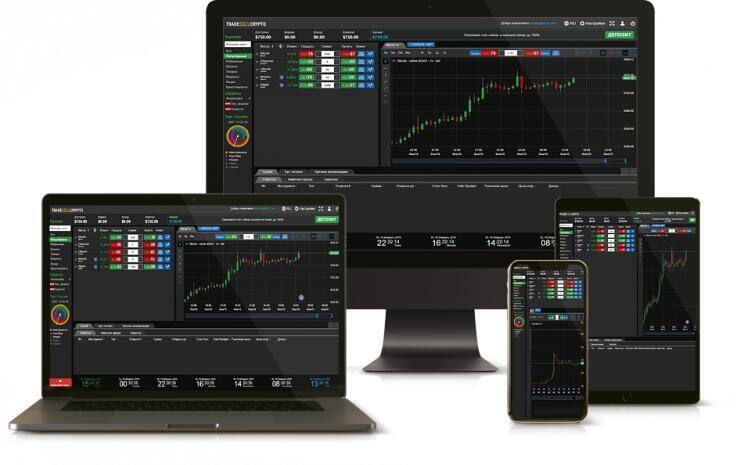
The ratios, integers, sequences, and formulas derived from the Fibonacci sequence are only the product of a mathematical process. However, it can be uncomfortable for traders who want to understand the rationale behind a strategy. The key levels used in Fibonacci retracement are 23.6%, 38.2%, 50%, 61.8%, and 100%. Traders use these levels to identify potential buying or selling opportunities when a market trend retraces to one of these levels. Chart 4 shows Pfizer (PFE) bottoming near the 62% retracement level. Prior to this successful bounce, there was a failed bounce near the 50% retracement.
The remaining three lines are drawn at 61.8%, 38.2% and 23.6%, which are significant percentages in the Fibonacci sequence. As mentioned earlier, when trading downtrend or uptrend Fibonacci retracement, the levels will provide you with crucial support and resistance levels. However, to draw the Fibonacci retracement in uptrend, you will need to attach the tool to the bottom and drag it up to the top. Conversely, when drawing the Fibonacci retracement on downtrend, attach the tool to the top and drag it to the bottom of the trend. Fibonacci levels are a fairly useful trading tool with various usages. They can be used to identify support and resistance levels and also potential targets past new highs or lows.
Levels are the point where an asset’s price reversal is more likely to occur than elsewhere on the chart. Those price levels are used to set stop orders or pending orders and determine the profit target on an upward move. We can create Fibonacci retracements by taking a peak and trough (or two extreme points) on a chart and dividing the vertical distance by the above key Fibonacci ratios. Once these trading patterns are identified, horizontal lines can be drawn and then used to identify possible support and resistance levels. Once you have drawn a set of Fibonacci retracements on a chart, it is possible to anticipate potential reversal points where support or resistance will be encountered.
Head and Shoulders Pattern Explained Technical Analysis (TA).
Posted: Thu, 18 Aug 2022 07:00:00 GMT [source]
Since the main principle of the strategy is scalping, I close the trade at the first hint of a downward price reversal. The grid can be strengthened using classic levels drawn by extreme values at a small scale. The intersection or partial coincidence with the grid will show the key points of the potential reversal.
The Fibonacci ratios, i.e. 61.8%, 38.2%, and 23.6%, help the trader identify the retracement’s possible extent. The trader can use these levels to position himself for trade. Those traders who make profits using Fibonacci retracement verify its effectiveness. Others argue that technical analysis is a case of a https://traderoom.info/darwinex-overview/ self-fulfilling prophecy. If traders are all watching and using the same Fibonacci ratios or other technical indicators, the price action may reflect that fact. Fibonacci retracement is a valuable tool in a trader’s toolbox, offering insights into potential support and resistance levels in financial markets.
Today we will be understanding this concept and how to apply this in your trading. But before you know more about fibonacci retracement, it is very important to understand where does it come from. The underlying principle of any Fibonacci tool is a numerical anomaly that is not grounded in any logical proof.
However, the software completes the retracement identification process only after selecting both the trough and the peak. We have a basic stock trading course, swing trading course, 2 day trading courses, 2 options courses, 2 candlesticks courses, and broker courses to help you get started. Fibonacci retracements will use percentages to determine a pullback; however, Fibonacci extensions will apply the ratios to a move in a trending direction. Say a stock moves from $100 down to $75; this is a retracement; however, an extension is if it then rallies up to $161.8. It works because it allows traders to identify and place trades within powerful, long-term price trends by determining when an asset’s price is likely to switch course.
For those interested, I would suggest you search on the internet for golden ratio examples, and you will be pleasantly surprised. Further into the ratio properties, one can find remarkable consistency when a number is in the Fibonacci series is divided by its immediate succeeding number. We put all of the tools available to traders to the test and give you first-hand experience in stock trading you won’t find elsewhere. Yes, we work hard every day to teach day trading, swing trading, options futures, scalping, and all that fun trading stuff. But we also like to teach you what’s beneath the Foundation of the stock market. The Bullish Bears trade alerts include both day trade and swing trade alert signals.
Fibonacci Retracements are displayed by first drawing a trend line between two extreme points. A series of six horizontal lines are drawn intersecting the trend line at the Fibonacci levels of 0.0%, 23.6%, 38.2%, 50%, 61.8%, and 100%. Fibonacci levels also arise in other ways within technical analysis. For example, they are prevalent in Gartley patterns and Elliott Wave theory.

For example, by dividing 34 by 55 or 55 by 89, you get a ratio of 61.8%. I’ve encircled two points on the chart, at Rs.380 where the stock started its rally and at Rs.489, where the stock prices peaked. The Fibonacci series is a sequence of numbers starting from zero arranged so that the value of any number in the series is the sum of the previous two numbers.
Write your comment